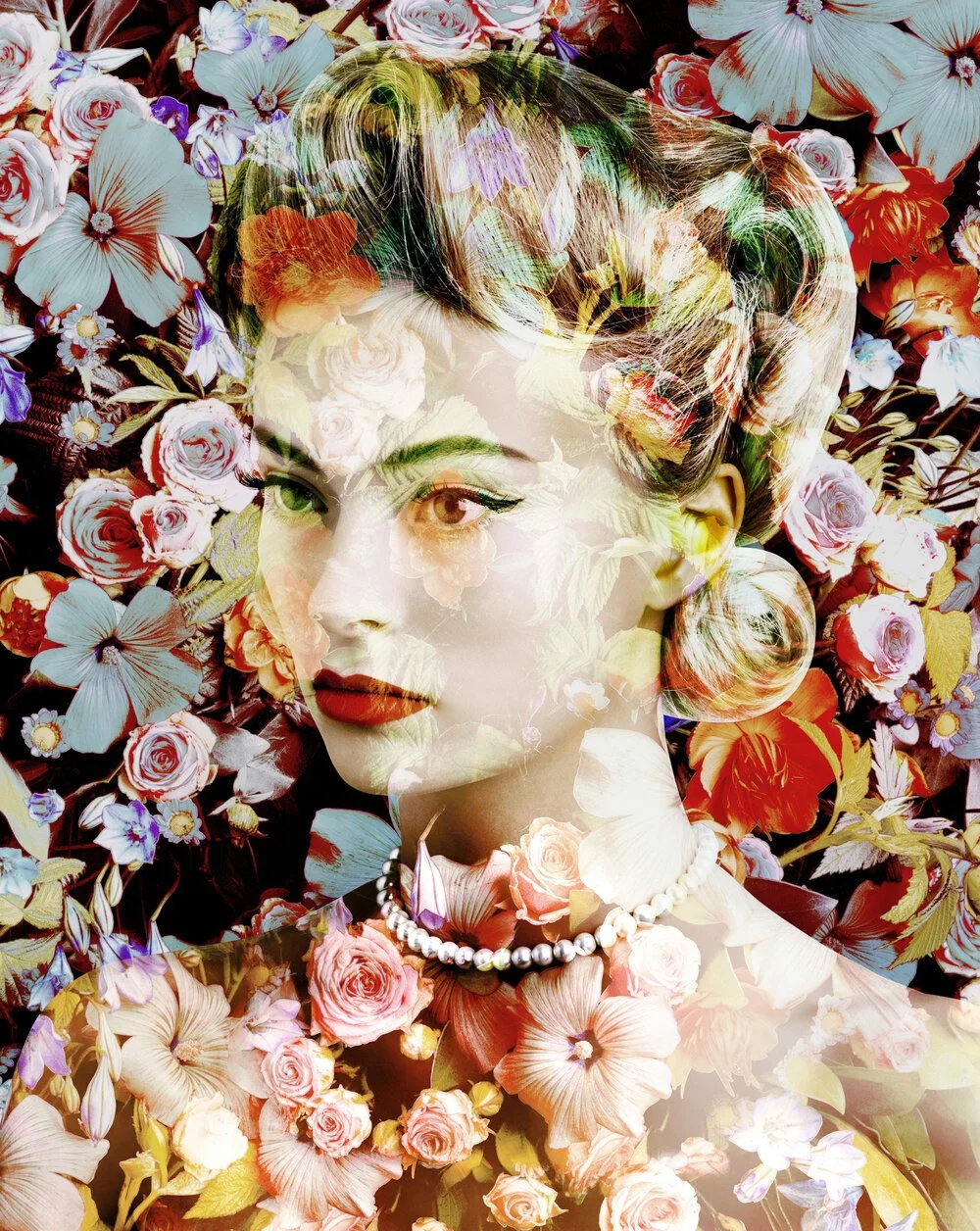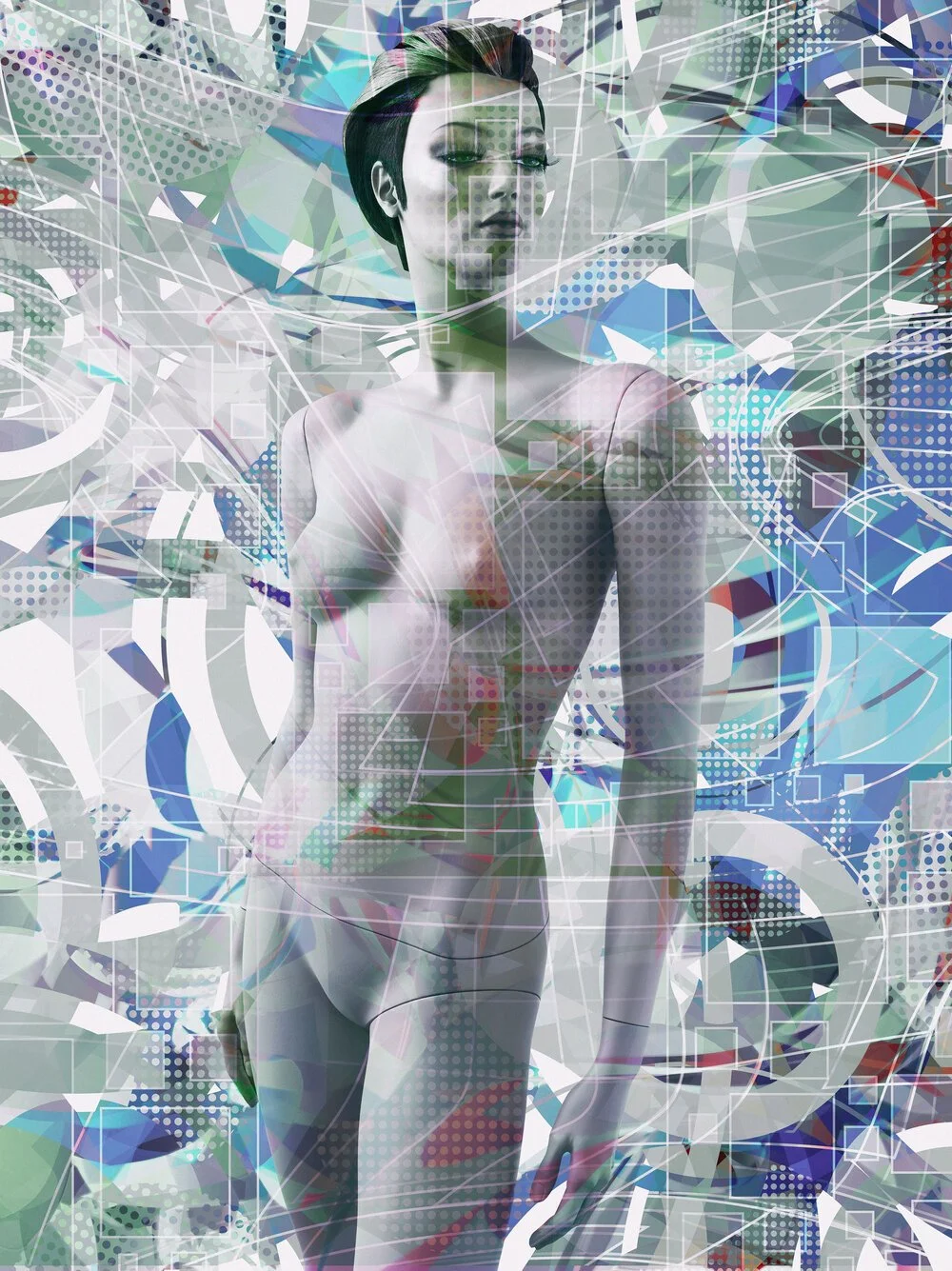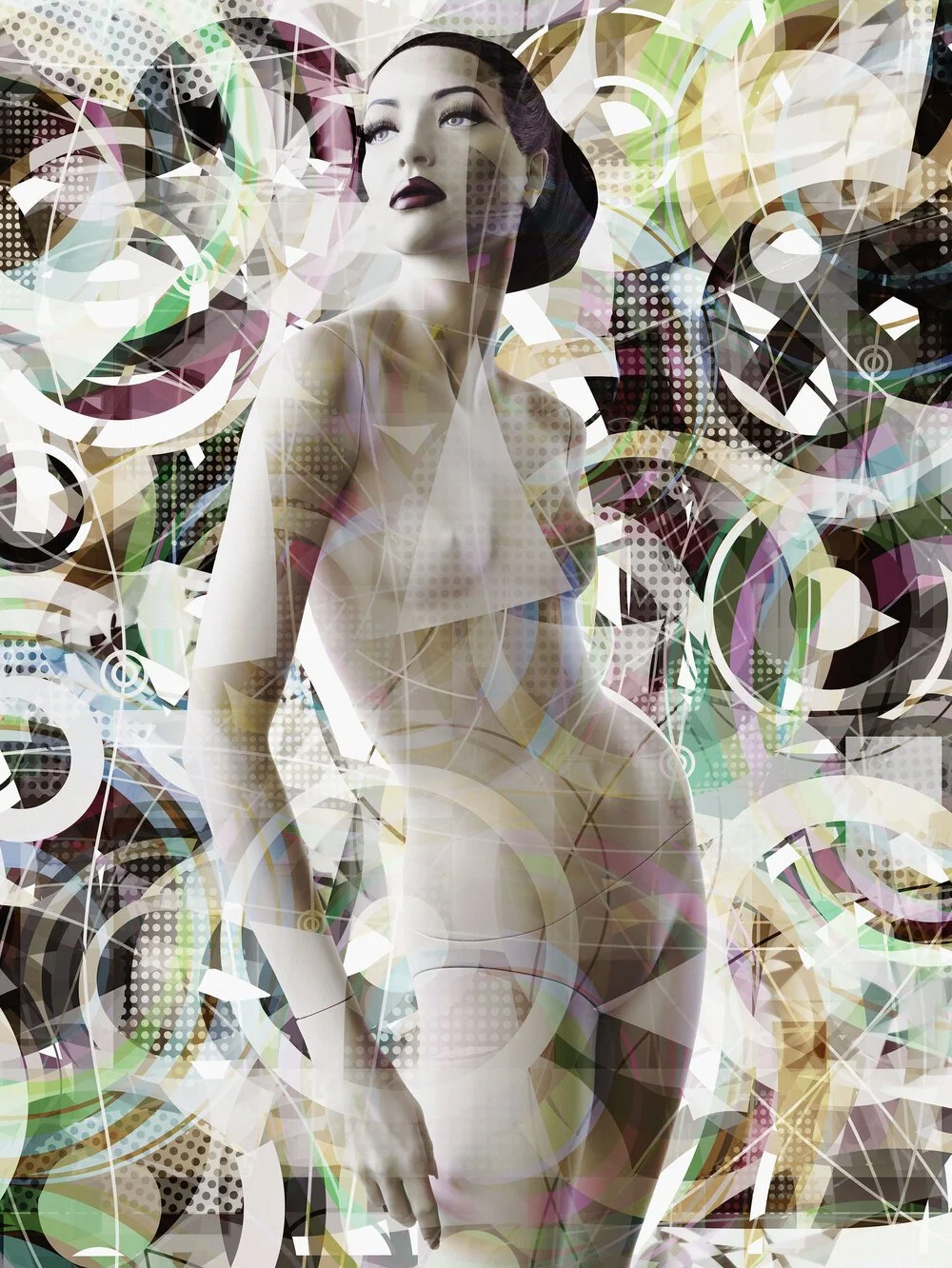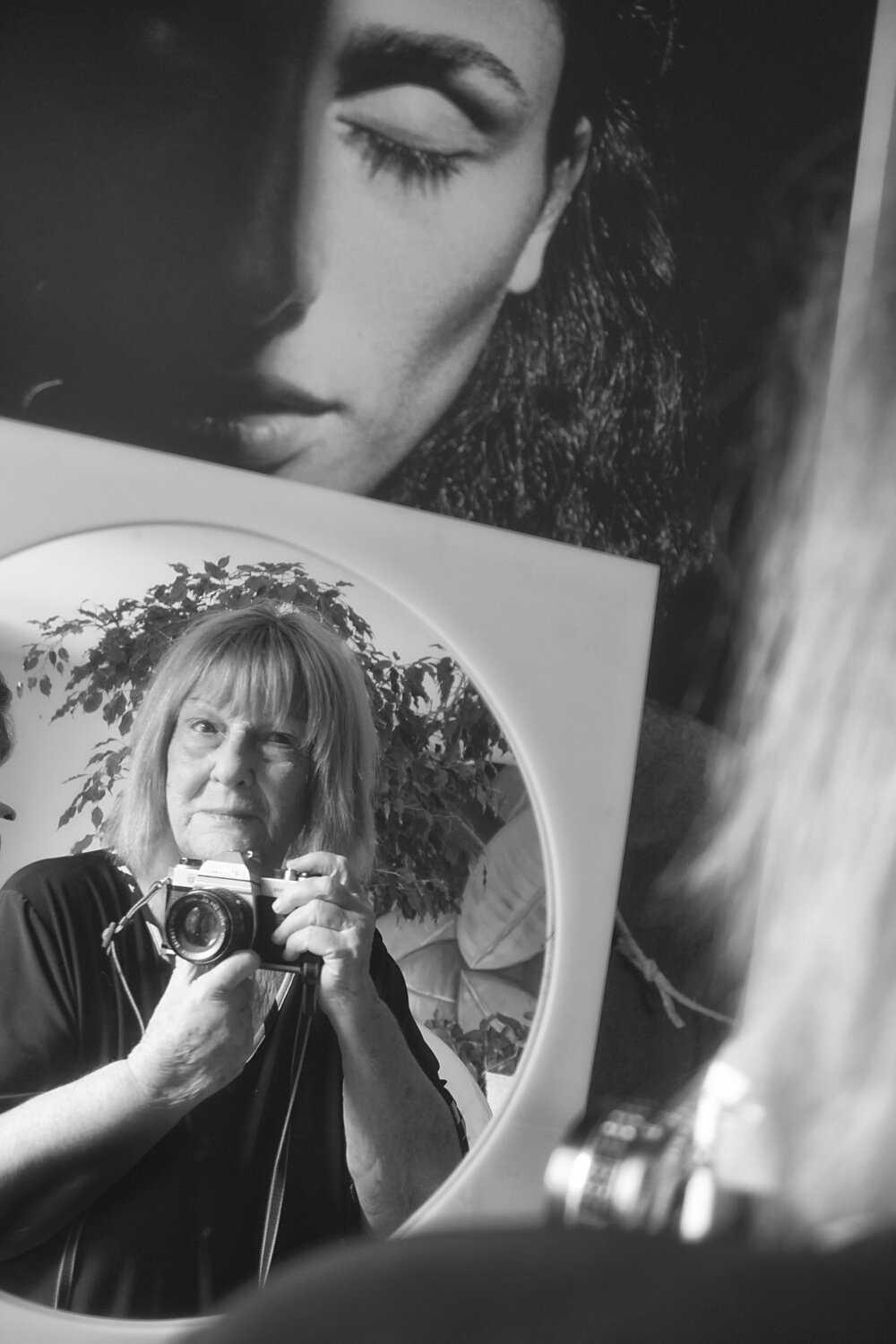From Our Archives: Valérie Belin: Puppet Master
Portrait by Valerie Belin. All images courtesy of Edwynn Houk Gallery, New York.
Originally featured in ISSUE 13 - WOMEN.
Musée: When did you first start taking pictures?
Valérie Belin: I started taking pictures when I was a student in art school in France, in the mid-80s. My first influences were the American Minimalists. My first photographs were photographs of light, mirrors, and transparent objects.
Musée: There are some intentionally revealing details left on your mannequins. For instance, some of the joint lines are still visible on the mannequins’ arms. Why did you choose to leave those details?
Valérie: I have always aimed to photograph things “as they are”— ultimately, in the spirit of straight photography. The first photos of shop window mannequins that I took in 2003 are realistic. You could even call them hyperrealist. At first, you think they’re portraits of living models, then you realize that it’s an illusion because of the telltale details of the textures and their imperfections. For the Super Models series, which I made in 2015, the mannequins are photographed naked. You can see the joints at the pelvis and on the legs. Mannequins are made to be dressed, so there’s something obscene about photographing them naked. These mannequins are in fact articulated puppets, and I show them as just that.
Valerie Belin. Daylily “Bleu Celeste”, 2013.
Musée: When did you start shooting mannequins in lieu of real people and why?
Valérie: I began by photographing objects: smashed-up cars, carcasses of meat, etc. In 1999, I started portraits of living models. These were highly stereotyped —bodybuilders, transsexuals, look-alikes, and girls from modeling agencies. I photographed these subjects as if they were inanimate objects — lifeless — because they themselves were reproductions of models. In 2003, I came around to photographing those models as if they were living persons. What I wanted to do was photograph living persons and objects in the same way.
Valerie Belin. Opposite: Electra, 2015.
Valerie Belin. Junita, 2015.
Musée: How do you alter the mannequins to get exactly what you’re looking for?
Valérie: I don’t make any alterations when I take the pictures. The mannequins are photographed as found. In the Super Models series, the artifice is to superimpose a geometrical motif over the image. This motif creates a perturbation. My method is to assemble the raw materials in a slightly brute way.
Musée: You tend to explore the concepts of perfection and falseness. When did these themes begin to emerge in your work?I
Valérie: I started thinking about these themes when, for example, I photographed look-alikes. The subject aims for perfection, but it’s fake.
Musée: What interests you about the idea of perfection as a construct?
Valérie: Any attempt to achieve perfection ends up with a grotesque representation. A look-alike is never perfect. It is ‘almost’ perfect. It’s the details that bring down the edifice of representation. Photography is an instrument of deconstruction, not to say demolition.
For the full version of this interview with Valérie Belin, check out ISSUE 13 - WOMEN.
Photo edited by Nikhita Samala











